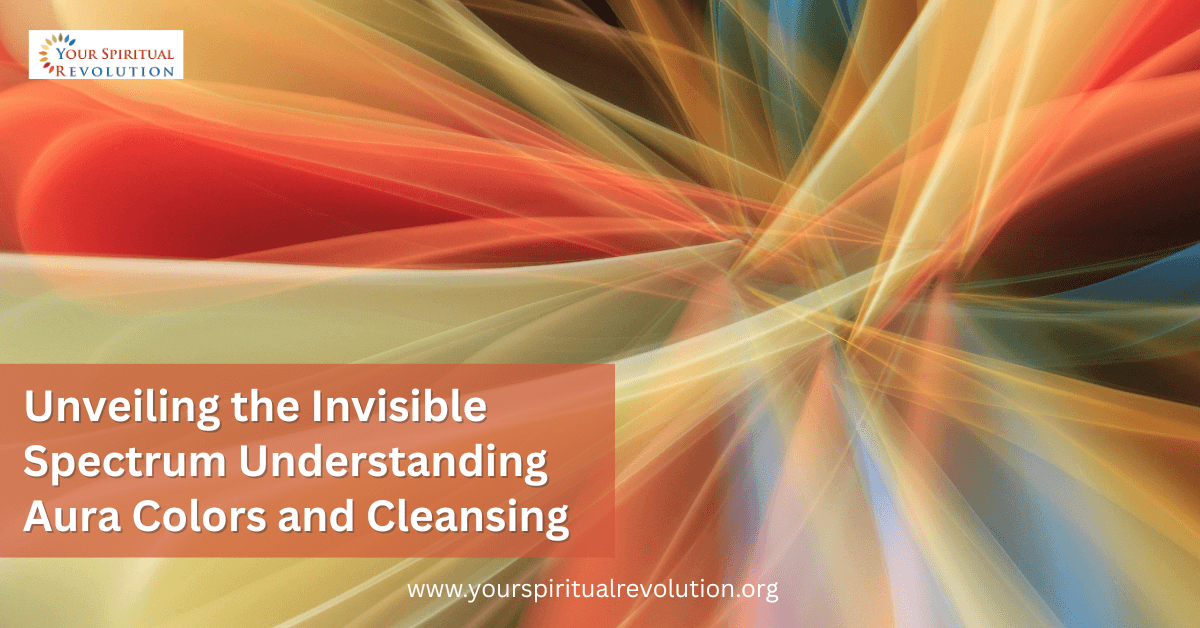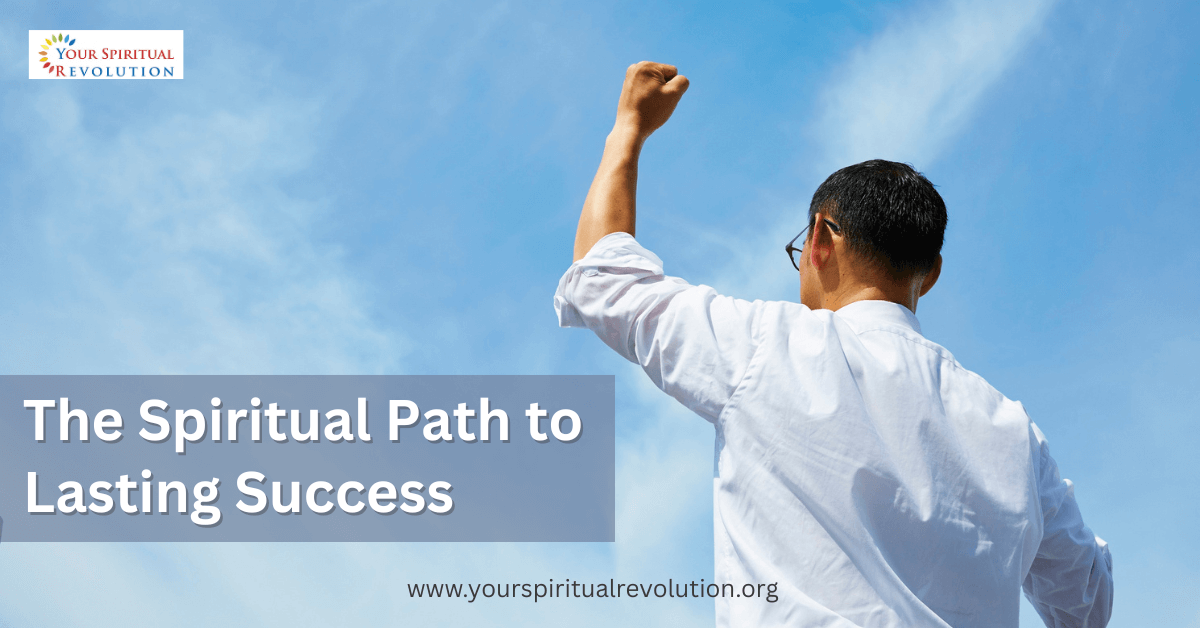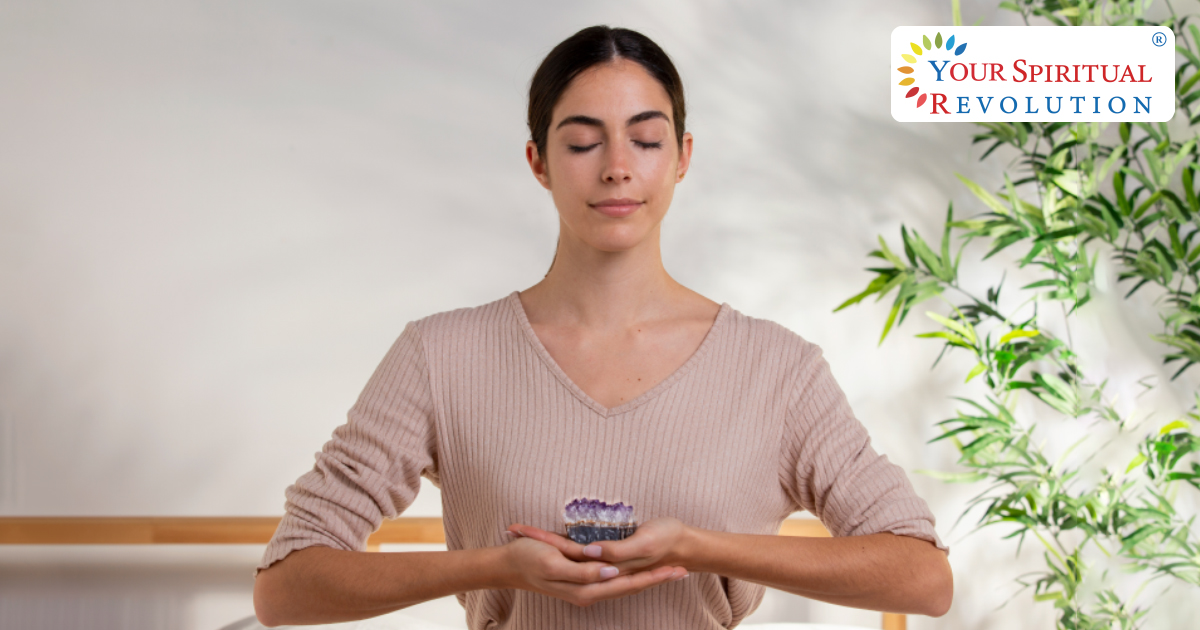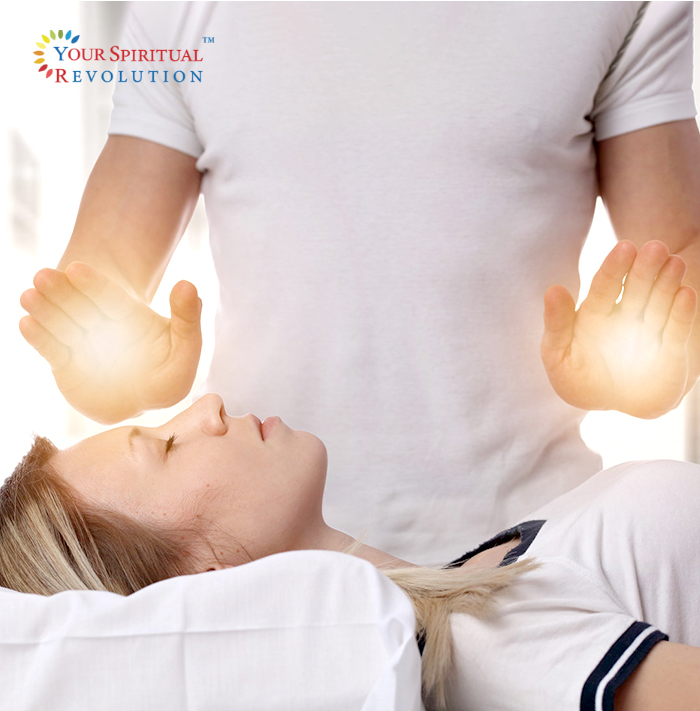In this fast-paced world, many do not find time to hit the gym, so self-workout has become important to maintain your physical fitness. Amidst this bustling life, we often tend to lose our health and well-being priorities. While there are many activities for self-workout, Yoga is a marvel. It can help individuals in many ways, aiding both physical and mental fitness. However, it can be challenging for beginners or the elderly. This is where Iyengar Yoga comes in.
Iyengar Yoga is named after its creator – B.K.S Iyengar. He realized the importance of this yoga style when facing challenges with his health. He believed this form of yoga could be a transformative one to overcome physical limitations.
Iyengar Yoga is a type of yoga where various properties such as blocks, rope, chairs, and straps are used to perform yoga poses. By using these yoga props, achieving the correct posture becomes easier, thus improving one’s performance. This is also called furniture yoga, as using these props helps people of all ages and abilities to practice yoga safely, securely, and effectively.
One may wonder why this type of yoga is different from the other forms of yoga. Well, the one thing on top of many other reasons is its precision. Iyengar yoga pays attention to the detail. It is the key in this type of yoga. Because focusing on posture and alignment helps the practitioners to perform their poses in a proper position. This attribute of attention to detail helps people to achieve correct alignment while deepening their practice and reducing the risk of injuries.
Apart from that, Iyengar yoga offers many therapeutic benefits. Overall physical strength can be improved using Iyengar yoga. It also helps to enhance flexibility in all individuals which in turn reduces discomfort such as back pain and spine problems. Iyengar yoga is also known for decreasing stress and anxiety among its practitioners. As this form of yoga follows a more controlled approach than the rest of the other forms, it is more beneficial for people with chronic pain and those recovering from injuries.
As discussed above, Iyengar yoga helps the practitioner to improve their flexibility as it aids in the deep performance of the poses.
Iyengar yoga is all about precision. This helps the performer enhance and hold their posture, even while performing some difficult poses.
The practitioner can improve their strength using the props. These props help them to maintain a posture in the right alignment for a longer period.
Yoga is known for its nature to connect mind and body. Iyengar Yoga, a form of yoga practice is no different. It also helps the practitioner to be mindful, concentrate and reflect on their self.
Certain yoga poses may seem inaccessible for many reasons. Age and physical disability are two major challenges that can be tackled by using Iyengar yoga props.
Ropes are usually attached to the wall using hooks. Practitioners can tightly hold them for stability and to deepen their posture.
Blocks are used for providing additional height and can be placed under the arms, back, hip, feet, etc.
Trestlers are used to provide multiple angles along with the height required to perform poses. They can also be placed under different parts of the body such as feet, arms, etc.
Belts help in stretching your body parts while performing a pose. They can be looped around arms or legs.
Chairs are multipurpose props that can be used in many poses for sitting or standing.
Much like blocks, planks can also be placed under any part of the body. They provide a flat surface for the practitioner to perform poses that require even layers.
Much like chairs, stools can be used in poses that require sitting. It helps the practitioner to focus and attain proper alignment.
Some poses require back bending. For these, backbenchers can be used. It supports the practitioner by providing a comfortable surface to bend backward and to expand their chest.
Wedges also like other props can be placed under arms or feet or any part of the body while performing poses that require slope.
Many difficult poses can be performed with ease in the Iyengar yoga form using props. These props help the practitioner maintain their stability while deepening the pose. Even simple-looking poses might use props to achieve better alignment. Below are a few of the many poses that can be performed better using yoga props.
In Conclusion, Props in Iyengar Yoga is more like medical instruments. It provides the practitioner with a secure, inclusive, and effective way for self-workout. Be it precision or alignment or therapeutic benefits, this form of yoga offers something or the other for yoga practitioners. So, if you are on the path to improving your mental and physical health, Iyengar yoga might be your savior. Give it a try, you sure will not be disappointed.








































































